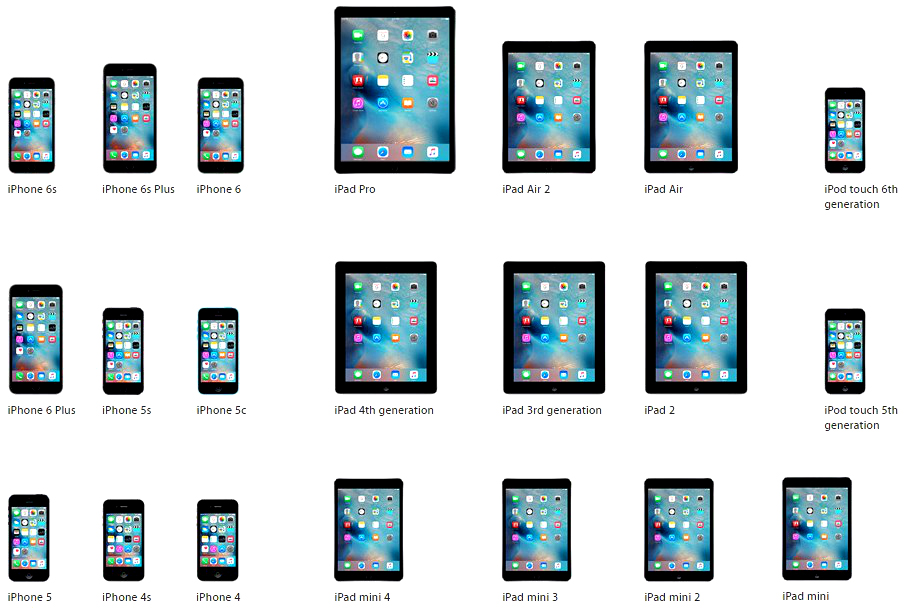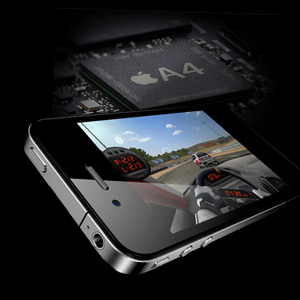iPhones are delicate, expensive devices, and when they break, it can be a major inconvenience. Whether it’s a cracked screen or water damage, iPhone repairs can be costly. So how exactly are iPhones repaired after they’ve been broken? Let’s take a look.
Accidents Happen
We all know how it feels to accidentally drop and break our phone. Whether it’s a cracked screen or water damage, it’s always a heart-wrenching moment. But have you ever wondered what happens to your phone after you hand it over to the Apple Store for repairs? Today, we’ll take an in-depth look at Apple’s iPhone repair process so you’ll know exactly what to expect.
Cracked Screens
One of the most common reasons iPhones need to be repaired is because of a cracked screen. When a phone is dropped, the impact can cause the glass to shatter. In some cases, only the outermost layer of glass is damaged and can be replaced relatively easily. However, if the inner LCD is also damaged, the repair will be much more expensive. To replace just the glass panel, Apple uses a process called “in-cell touch.” This involves removing the old glass panel and bonding the new one directly to the LCD. This results in a stronger iPhone repair that is less likely to cause problems down the road.
For more extensive damage, Apple will need to completely replace the LCD. This is a more complicated and time-consuming repair, but it will result in a brand-new display that looks just like the original.
Water Damage
Another common problem is water damage. iPhones are not waterproof, and even a small amount of water can cause major damage. If your iPhone has been in contact with water, it’s important to take it to a professional ASAP. The sooner they can start working on it, the better the chances of saving your phone. Although iPhones are designed to be water resistant, they are not waterproof. So if your iPhone has been submerged in water, it’s important to act fast and take it to an Apple Store for repairs as soon as possible.
The first step in repairing water damage is to disassemble the iPhone and remove any obvious sources of water (such as pooled water in the headphone jack). Once that’s done, the remaining components will be dried off and cleaned with distilled water and alcohol.
After that, each component will be tested to see if it still works properly. In some cases, individual components may need to be replaced. For example, if the water damage has corroded the logic board beyond repair, then a new logic board will need to be installed.
Other Repairs
In addition to cracked screens and water damage, iPhones may need to be repaired for other reasons as well. For example, if the power button stops working or if there are problems with the camera, these are all issues that need to be taken care of by a professional.
When an iPhone breaks, it can be a major inconvenience. Depending on the severity of the damage, repairs can be costly. It’s important to take your iPhone to a professional as soon as possible so that they can assess the damage and get started on repairs. Time is of the essence when it comes to iPhone repairs.
Hannah Whittenly is a freelance writer and mother of two from Sacramento, CA. She enjoys kayaking and reading books by the lake.rn





















































































































































































